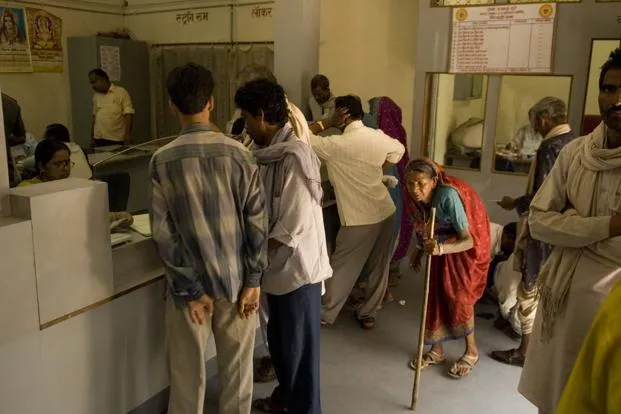Regional Rural Bank : From May 1, the number of rural banks will decrease from 43 to 28. The government has given the green signal to the One State-One RRB policy. It will be implemented from May 1, 2025.
If you are also a customer of these 43 regional banks of the country, then it is important for you to know what impact it will have on the customers. All these banks are from Andhra Pradesh, Uttar Pradesh, West Bengal, Bihar, Gujarat, Jammu and Kashmir, Karnataka, Madhya Pradesh, Maharashtra, Odisha and Rajasthan.
The service of regional banks will be better
To make banking services better and affordable in rural areas across the country, the Central Government will merge 15 Regional Rural Banks (RRBs) operating in 11 states. After this big decision, the number of RRBs in the country will decrease from 43 to 28 from May 1, 2025. Its purpose is to improve the operations of banks.
Which states will be merged?
According to the notification, now there will be only one RRB bank in every state in Andhra Pradesh, Uttar Pradesh, West Bengal, Bihar, Gujarat, Jammu and Kashmir, Karnataka, Madhya Pradesh, Maharashtra, Odisha and Rajasthan. A strong bank will be created by integrating all the RRBs present in each state. It will provide banking services in the rural areas of its state.
How will the merger happen?
1. In Andhra Pradesh, four RRB banks Chaitanya Godavari Gramin Bank, Andhra Pragathi Gramin Bank, Saptagiri Gramin Bank and Andhra Pradesh Gramin Vikas Bank will be merged to form Andhra Pradesh Gramin Bank. Its head office will be in Amaravati and the sponsor bank will be Union Bank of India.
2. In Uttar Pradesh, Baroda UP Bank, Aryavart Bank and Pratham UP Gramin Bank will be merged to form Uttar Pradesh Gramin Bank, whose head office will be in Lucknow. The sponsor bank will be Baroda Bank.
3. In West Bengal, Bangiya Gramin Vikas Bank, West Bengal Gramin Bank and North Bengal Regional Rural Bank will be merged to form West Bengal Gramin Bank.
4. In Bihar, South Bihar Gramin Bank and North Bihar Gramin Bank will be merged to form Bihar Gramin Bank. The sponsor will be Punjab National Bank.
5. In Gujarat, Baroda Gujarat Gramin Bank and Saurashtra Gramin Bank will be merged to form Gujarat Gramin Bank.
6. In Jammu and Kashmir, J&K Gramin Bank and Ellaquai Rural Bank will be merged to form Jammu and Kashmir Gramin Bank. The head office will remain in Jammu.
7. Similarly, in Karnataka, Madhya Pradesh, Maharashtra, Odisha and Rajasthan, two RRBs each will be merged to form one new RRB each.
How will the new RRB banks be?
The authorized capital of RRB will be Rs 2,000 crore. The management and operation of the new banks will be more efficient, which will provide better services to the customers.
This change has happened 3 times before
This is the fourth phase of integration of Regional Rural Banks.
In the first phase (2006-2010), the number of RRBs was reduced from 196 to 82.
In the second phase (2013-2015) it was reduced from 82 to 56.
In the third phase, it was reduced from 56 to 43. Now after the fourth phase, there will be 28 RRBs left.
RRB current status
As of today, there are 43 RRBs in the country providing services through 22,069 branches in 26 states and 2 union territories. 92 percent of the branches of these banks spread across 700 districts are in rural and semi-urban areas.
Financial performance of RRBs
In the financial year 2023-24, RRB earned the highest ever integrated profit of Rs 7,571 crore. As of March 31, 2024, the CRAR of these banks was 14.2 percent, which is the highest level ever. Also, the gross non-performing asset (GNPA) ratio was 6.1 percent, which is the lowest in the last 10 years.
Major capital investment initiative
The government had planned a capital investment of Rs 5,445 crore to improve RRBs in 2021-22, so that these banks can get the necessary capital to grow. Regional Rural Banks were established under the RRB Act of 1976. Their purpose is to provide loans and other financial services to small farmers, laborers and artisans in rural areas. After the Revised Act 2015, RRBs can now raise capital from other sources as well. The central government has a 50 percent stake in these banks, while 35 percent is with sponsor banks and 15 percent with state governments.













